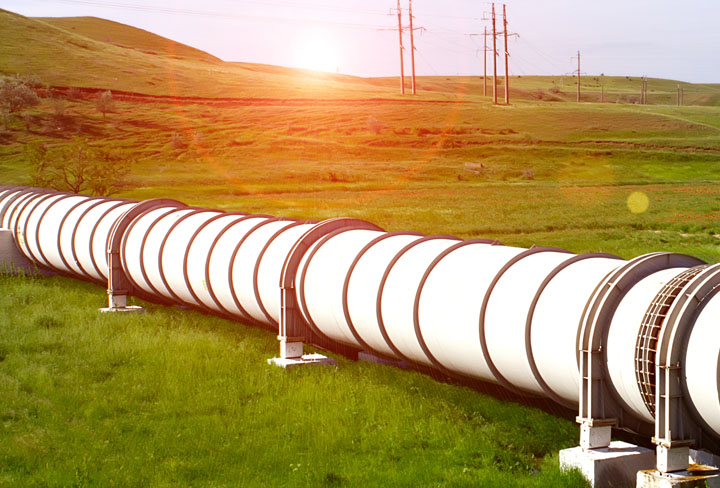Program for manual liquids unloading for gas production sources
Background
As liquid accumulates in a natural gas well, the pressure of the liquid — primarily formation water — becomes greater than the gas velocity and eventually slows or stops the flow of gas to the line. These gas wells often need to remove or “unload” the accumulated liquids so that gas production is not inhibited. Manual liquids unloading is an operation to temporarily divert the flow of natural gas from the well to an atmospheric vent, which allows wellbore pressure to change allowing liquids to rise to the surface without the assistance of automated equipment. Without careful monitoring, this process can allow some methane and VOCs to be released into the atmosphere.
Implementation of Best Practices to Minimize Emissions During Removal of Liquids
Participants commit to monitoring the manual unloading process on-site or in close proximity and close all wellhead vents to the atmosphere as soon as practicable.
Program Specifics:
Emissions Source: Existing onshore gas well sites that conduct manual liquids unloading operations.
Method:
Operators will monitor the manual unloading process and close all wellhead vents to the atmosphere. This method will not apply to the following operations: swabbing, plunger lifts, or an episode where remaining on site might be considered a safety hazard.
Program Reporting and Content: The Environmental Partnership will report the number of monitored manual unloading procedures conducted on an annual basis.

